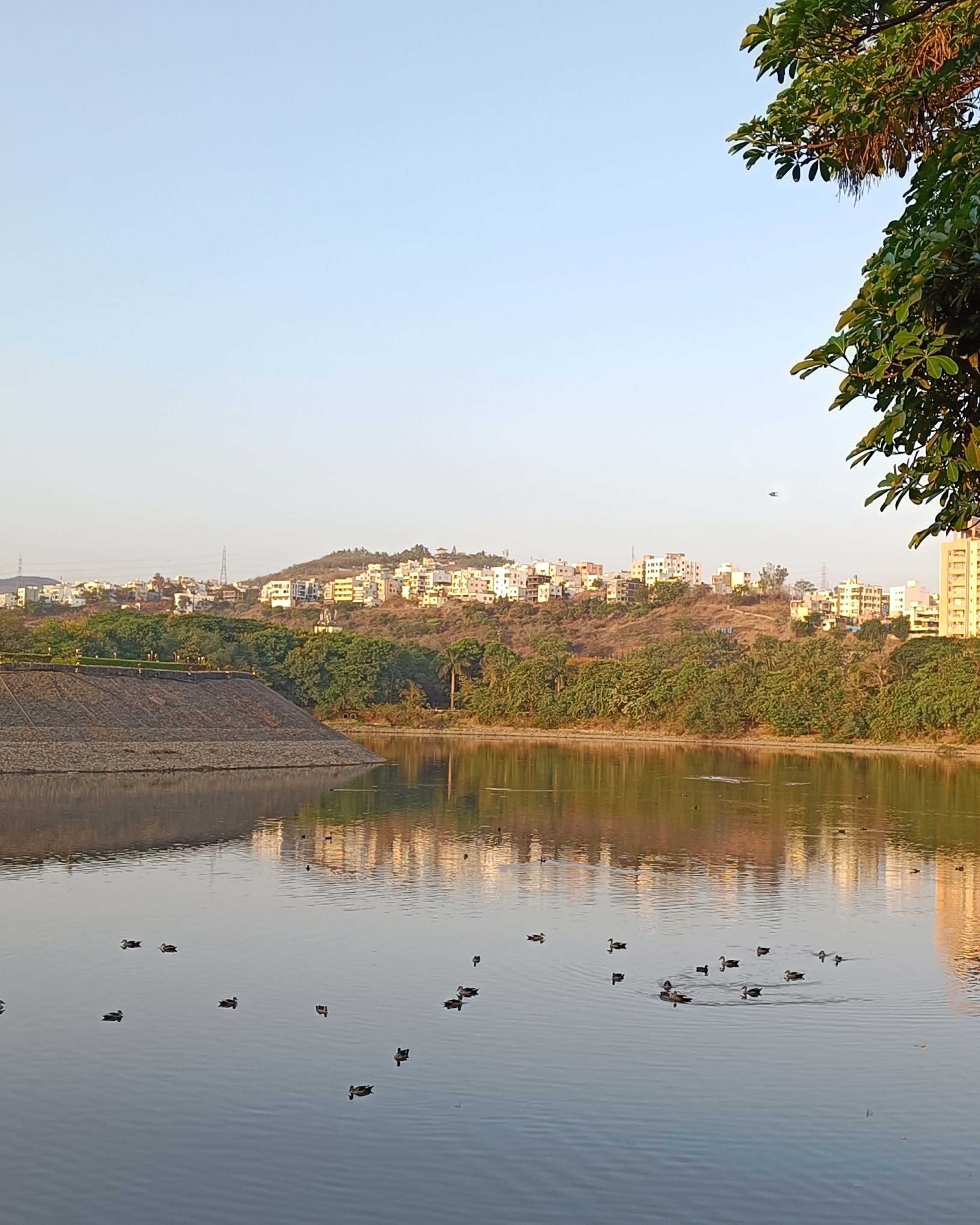Downloads
DOI:
https://doi.org/10.58981/bluepapers.2025.1.08Keywords:
Pune, heritage, aqueduct, smart systems, water management systemAbstract
Urban water infrastructure in India is currently focused on technocratic solutions, often disregarding sociocultural and environmental values. This article examines the eighteenth-century Peshwa-period nahar (aqueduct) system in Pune, within the broader context of three centuries of urbanization. Developed as part of the 2023 professional education course Water Systems Design: Learning from the Past to Design Resilient Water Futures, it employs the value case methodology and the framework of the UN Sustainable Development Goals (SDGs) to highlight ecosystem-based thinking reflecting traditional knowledge systems. Although today the nahar system is no longer functional, the authors argue that it can inform future design thinking and offers an important example for initiatives like India’s Smart Cities program, offering a sustainable water management approach by integrating ecological and sociocultural values in infrastructure planning.
How to Cite
Published
Issue
Section
Categories
License
Copyright (c) 2025 Radhika Mulay, Pallavee Gokhale

This work is licensed under a Creative Commons Attribution 4.0 International License.
References
Bhagvat, Shrikrishna, Shriram Bhagvat, Nandkumar Bangude and Sharad Lonkar. 2004. “पेशवेकालीन पाणी पुरवठा यंत्रणा पुनर््ववापर योजना समितीचा प्राथमिक अहवाल” [Preliminary Report of the Industrial Water Supply System Rehabilitation Planning Committee].
Brahme, Sulabha, and Prakash Gole. 1967. “Deluge in Poona: Aftermath and Rehabilitation.” Gokhale Institute of Politics and Economics, Poona. Asia Publishing House.
D’Agostino, Matteo, and Carola Hein. 2024. “Design-Based Solutions for Water Challenges: The Value Case Approach.” Blue Papers 3, no. 1: 80–89. https://doi.org/10.58981/bluepapers.2024.1.06.
Damle, Chinmay. 2023. “Taste of Life: Jyotiba Phule’s Water Revolution for the ‘Untouchables.’” Hindustan Times. April 28, 2023. Accessed November 11, 2024. https://shorturl.at/puMus.
Diddee, Jaymala, and Samita Gupta. 2000. “Pune Queen of Deccan.” Elephant Design.
Gokhale, Pallavee, and Sushama Deo. 2016. “Digital Reconstruction and Visualisation of Peshwa Period Water System of Pune.” Heritage: Journal of Multidisciplinary Studies in Archaeology 4: 653–69. http://www.heritageuniversityofkerala.com/JournalPDF/Volume4/41.pdf.
Gokhale, Pallavee. 2016. “Digital Reconstruction and Visualisation of Peshwa Period Water System of Pune.” MA dissertation, Deccan College, PGRI Pune. https://g-pallavee.github.io/DDD/.
Goralnik, Lissy, Jennifer Brunacini, Michelle Rutty and Emily Finnell 2022. “Restoring Relationships: Water Heritage, Sense of Place, and Community Engagement.” Journal of Great Lakes Research 48, no. 6: 1375–86. https://doi.org/10.1016/j.jglr.2022.08.018.
Heritage Committee. 2017. “PMC Heritage List.” Pune Municipal Corporation. Accessed July 21, 2024. https://pmc.gov.in/sites/default/files/Jahir-prakatan-&-Heritage-Final-List.pdf.
Joshi, Laxmanshastri, and Naresh Paralikar. 1976. “फु ले: महात््ममा ज््ययोतिराव गोविंदराव.” [Phule: Mahatma Jyotirao Govindrao]. Marathi Viswakosh. Accessed August 10, 2024. https://vishwakosh.marathi.gov.in/27756/.
Kamalapurkar, Shubhada. 2006. “Conservation of the Traditional Urban Water Supply Systems of Pune.” In Traditional Water Management Systems of India, edited by Kalyan Chakravarty, Gyani Lal Badam and Vijay Paranjpye, 91–94. Aryan Books International.
Karve, Chintaman. 1943. “पुणे नगर संशोधन वृत्त.” [Pune Nagar Sanshodhan Vrutta]. Vol 2. Pune: Bharat Itihas Samshodhak Mandal. Aryabhushan Mudranalay.
Karve, Chintaman. 1946. “पुणे नगर संशोधन वृत्त.” [Pune Nagar Sanshodhan Vrutta]. Vol. 3: Bharat Itihas Samshodhak Mandal. Aryabhushan Mudranalay.
Karve, Chintaman. 1952. “पुणे नगर संशोधन वृत्त.” [Pune Nagar Sanshodhan Vrutta]. Vol. 4: Bharat Itihas Samshodhak Mandal. Aryabhushan Mudranalay.
Madan, Neha. 2011. “PMC Updates List of Heritage Structures.” Times of India. Accessed November 12, 2024. https://timesofindia.indiatimes.com/city/pune/pmc-updates-list-of-heritage-structures/articleshow/9545356.cms.
Mate, M. S. 1998. “A History of Water Management and Hydraulic Technology in India (1500 BC to 1800 AD).” B R Publishing Corporation.
Mathur, Chhavi, Manas Marathe and Saili Palande-Datar. 2022. “From Podhis to Pipes – Transforming Waters of Pune.” Punyache Paani. Living Waters Museum. Accessed May 27, 2024. https://punyachepaani.livingwatersmuseum.org/story/from-podhis-to-pipes/.
Ministry of Housing and Urban Affairs. 2024. “Vision of Smart Cities Mission.” Government of India. Accessed June 14, 2024. https://smartcities.gov.in/.
Ministry of Tourism. 2020. “Adopt a Heritage: Apni Dharohar, Apni Pehchaan.” Project for Development of Tourist Friendly Destinations. Government of India. Accessed August 5, 2024. https://tourism.gov.in/sites/default/files/2020-08/adopt%20a%20Heritage%20Project%20Guidelines.pdf.
Palande-Datar, Saili. 2021. “Sutradhara’s Tales: 350-Year-Old Peshwa-Era Katraj Nahar keeps Pune Water Secure Even Today.” Hindustan Times. Accessed October 25, 2024. https://shorturl.at/Mw6C8.
Pune Municipal Corporation. 1987. Revision Of Development Plan Sanctioned In 1987, As Tp 1966 Section 38, Strategic Environmental Assessment Scoping Report. https://www.pmc.gov.in/informpdf/City%20Engineer%20office/Chap_1to4_SEA_Pune.pdf.
TNN. 2018. “Seven More Structures in PMC’s Draft Heritage List.” The Times of India. Accessed October 25, 2024. https://timesofindia.indiatimes.com/city/pune/seven-more-structures-in-pmcs-draft-heritage-list/articleshow/66467336.cms.




